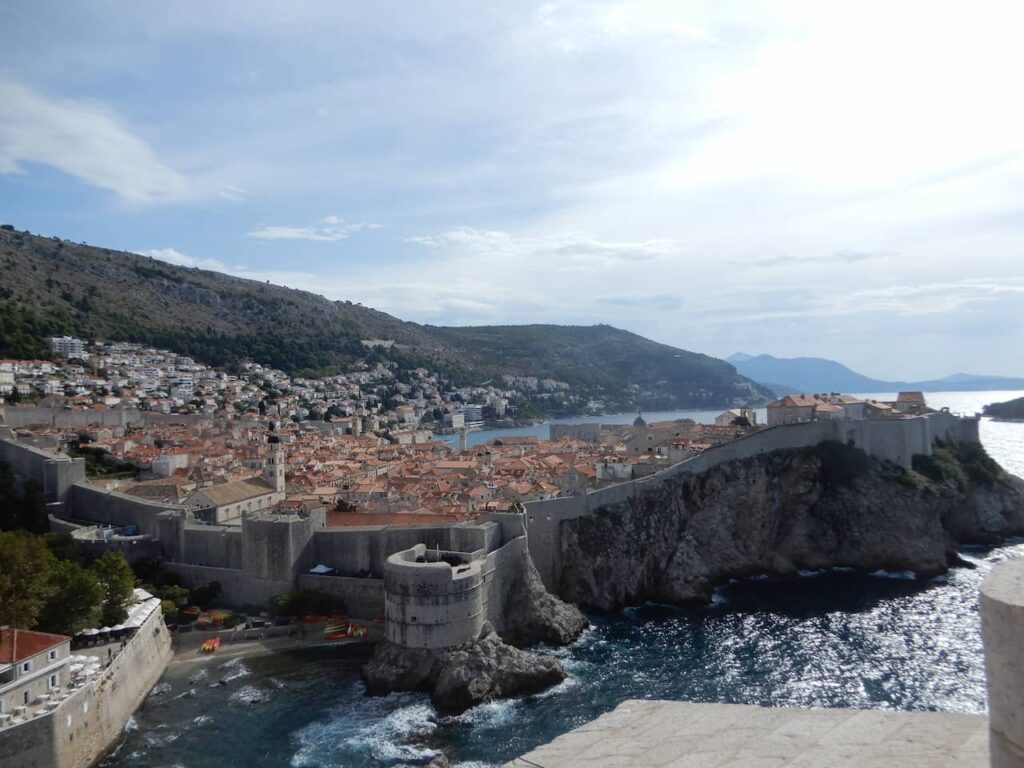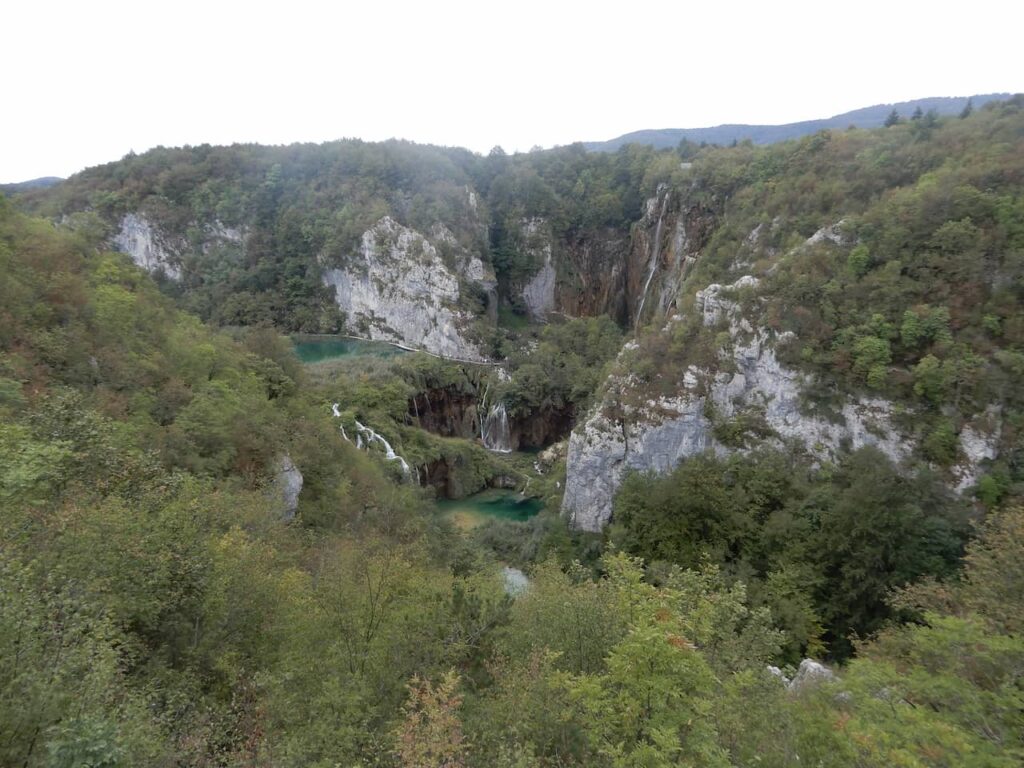Croatia’s culture is rich and diverse, influenced by its geographic location, history, traditions, and interactions with neighboring cultures.
Croatia has an artistic tradition that dates back to the Middle Ages. Croatian architecture includes Romanesque, Gothic, Renaissance, Baroque, and Neoclassical influences. Cities such as Dubrovnik, Split, and Zagreb feature fine examples of historic architecture.
Spoken language.
The official and predominant language spoken in Croatia is Croatian which is a South Slavic language and uses the Latin alphabet.
Croatian and other Balkan languages are mutually understandable although there are differences in pronunciation, vocabulary, and grammar.
Due to the past of great commerce and today of tourism, English and mainly Italian are spoken by many Croatians.
Religion.
Christianity (85%) is the largest religion in the country. Catholic influence is deeply rooted in Croatian culture, with many Catholic religious traditions being observed throughout the year, such as the celebration of Easter and Christmas.
The Orthodox Church (4.0 %) also has a significant presence in Croatia, mainly among the Serbian population and in the eastern areas of the country.
A minority of the Croatian population is Muslim (1.5%), mainly in the region of Bosnia and Herzegovina, which borders Croatia. Most Croatian Muslims are of Bosnian origin and practice Islam following the Sunni tradition.
Gastronomy.
Croatia’s cuisine is diverse and rich in flavors, combining Mediterranean, Central European, and Ottoman influences. Each region of the country has its distinct culinary specialties.
Main dishes:
Seafood:
With its extensive coastline along the Adriatic Sea, Croatia is known for its fresh seafood. Fish such as sea bass, bream, and tuna are prepared in a variety of ways, such as grilled, roasted, or in stews. Shellfish, shrimp, and squid are also popular.
Pršut and Pašticada:
Pršut is a smoked and cured ham, similar to Spanish or Italian ham, often served as part of a cold cuts board.
Cevapi:
Cevapi is a popular meat dish in Croatia. It consists of small rolls of ground meat (usually a mixture of beef and lamb) seasoned with herbs and spices. It is commonly served on a flatbread called lepinja, accompanied by onions and ajvar sauce.
Pag Cheese:
Pag cheese is a sheep’s cheese produced on the island of Pag, known for its distinctive taste. It is a salty, cured and aromatic cheese, appreciated both as a main ingredient in dishes and as an accompaniment to cheese boards.
Strukli:
Strukli is a traditional dish from the central Croatian region, made from puff pastry stuffed with cottage cheese and sometimes also with nuts, apples or spinach. It can be served as a main course or dessert and is often au gratin with cream and cheese.
Peka:
Peka is a traditional cooking method used in Croatia, especially in the Dalmatian region. It consists of cooking meat, such as lamb, veal or chicken, with vegetables and seasonings in a container covered with an iron lid and placed under hot embers.




